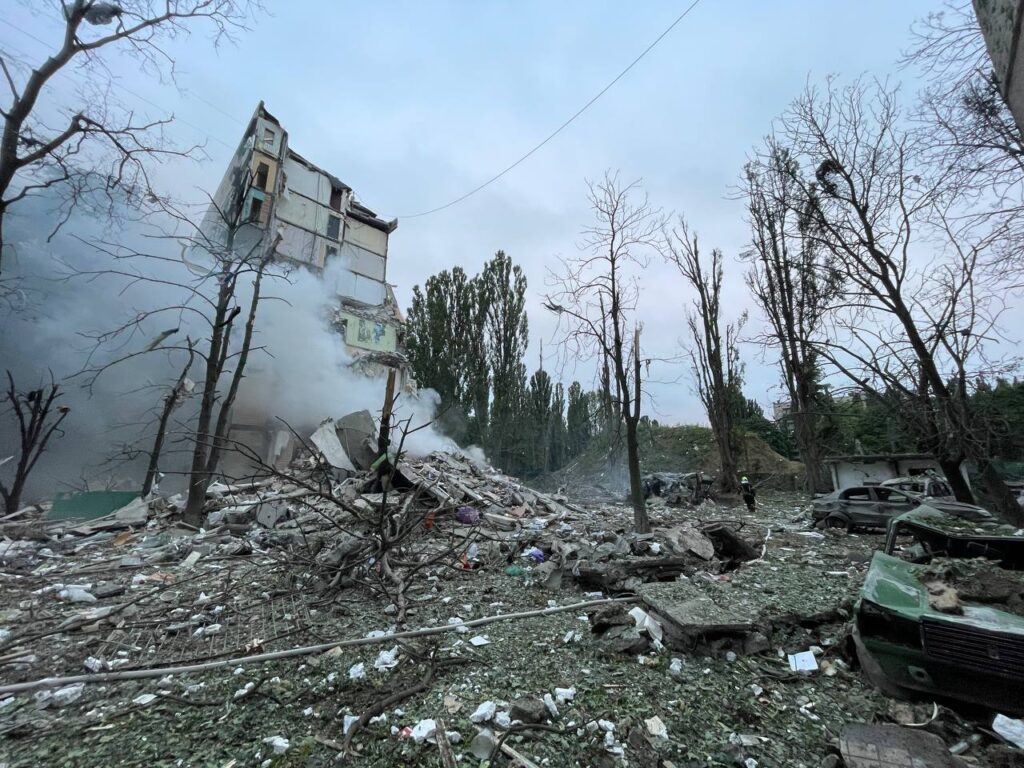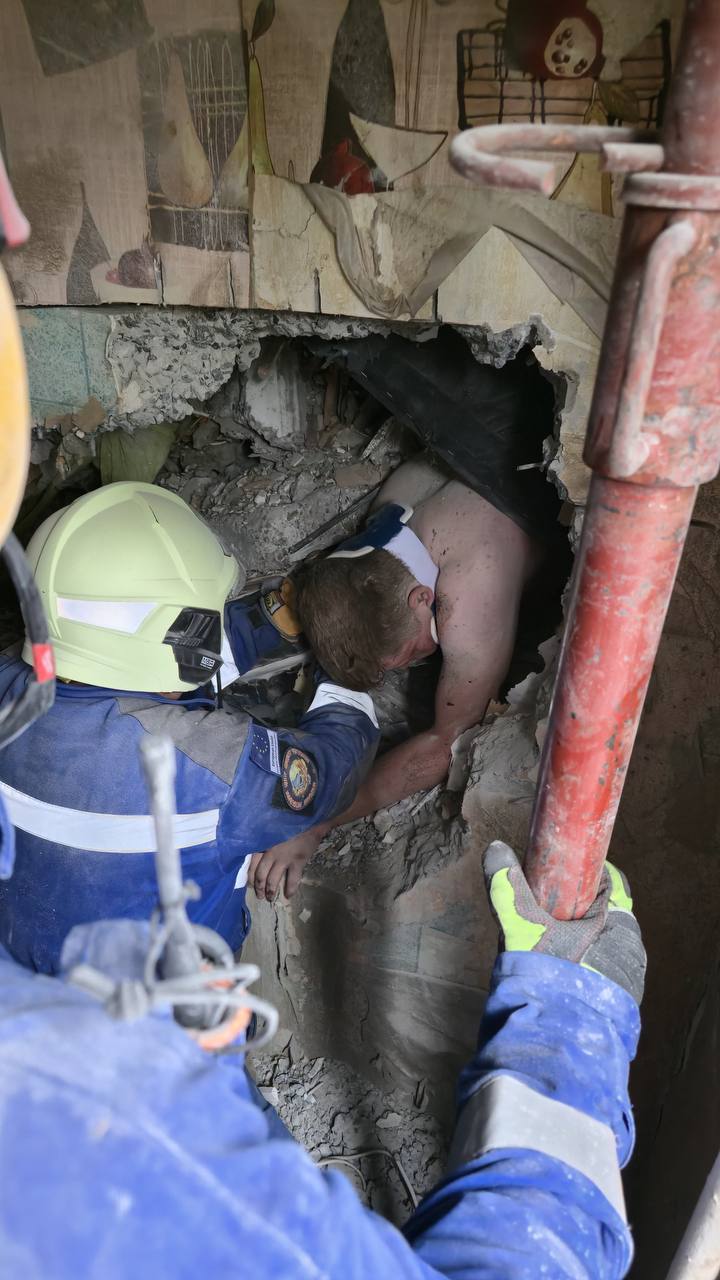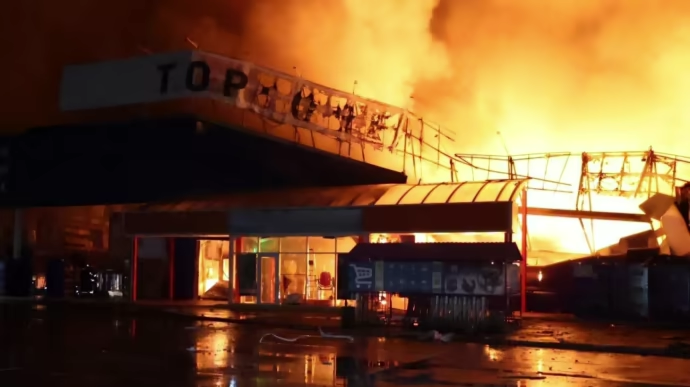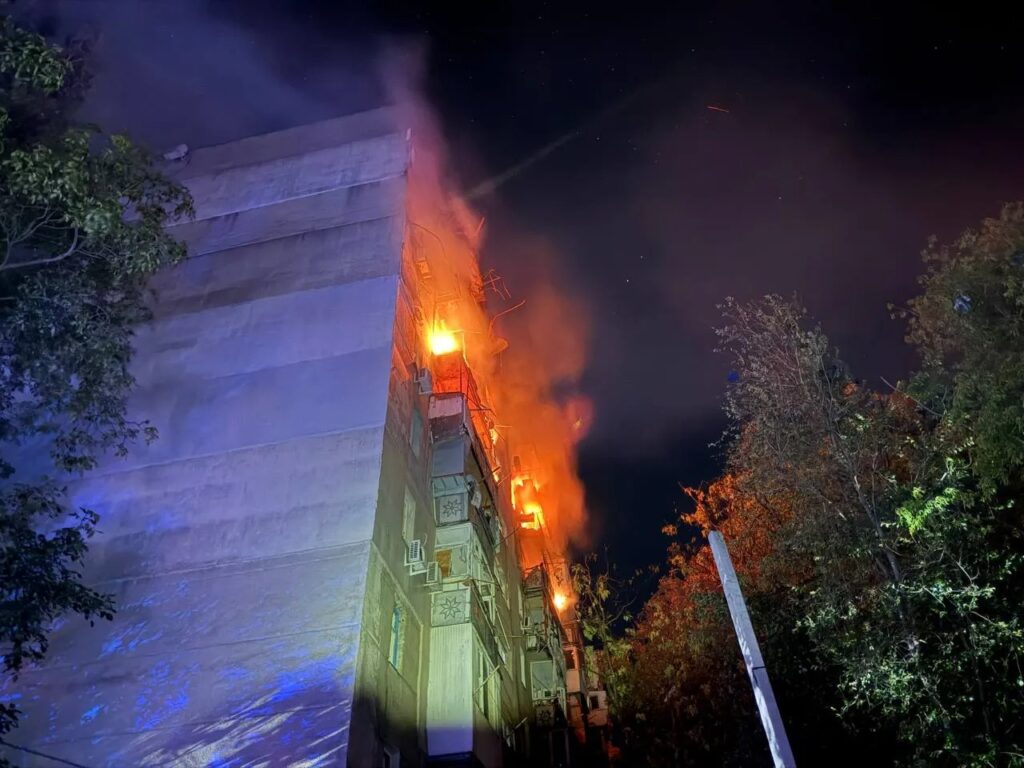Russia built a billion-ruble nuclear submarine—Ukraine just took its secrets
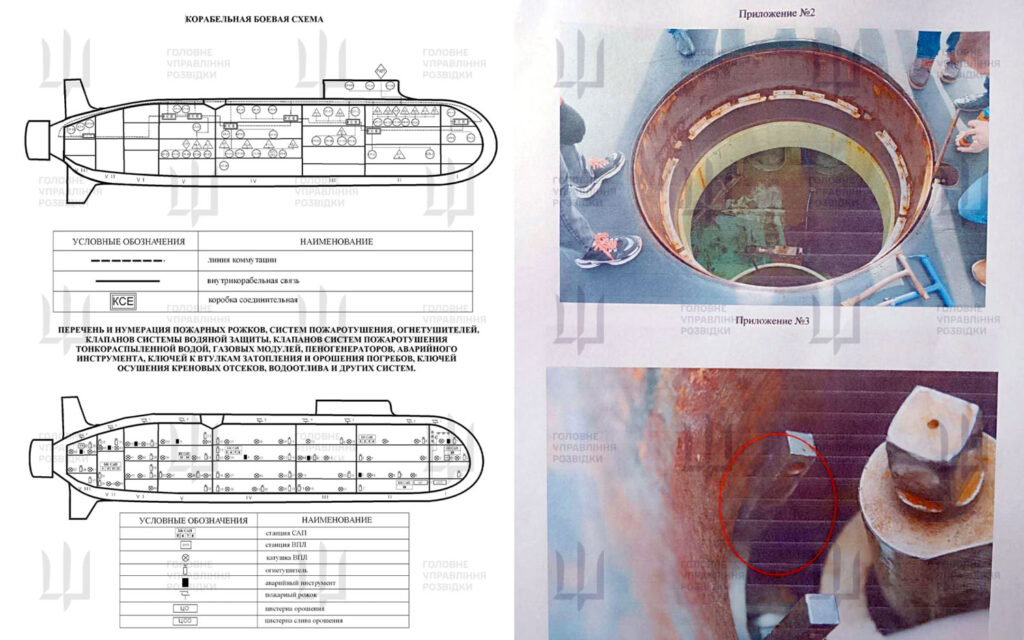
Ukraine’s defense intelligence says it has captured Russian nuclear submarine secrets after a major intelligence operation. The files reveal every detail of the Project 955A’s K-555 Knyaz Pozharsky, Russia’s newest Borei-A class nuclear submarine. Ukrainian officials say these documents expose the submarine’s inner workings and give a full view of its technical limitations.
This comes as the Russo-Ukrainian war continues. Ukrainian intelligence agencies operate actively inside Russia, hacking military systems, seizing and destroying logistics records, and, kinetically, striking military installations, defense plants, and fuel depots while targeting both military infrastructure and key figures in the Russian armed forces and military industry.
Knyaz Pozharsky is a Borei-class nuclear-powered ballistic missile submarine designed as part of Russia’s nuclear triad. It carries the RSM-56 Bulava submarine-launched ballistic missile system, a weapon deployed since 2019 and developed for the Russian Navy as a core element of the country’s nuclear deterrence structure.
Russian nuclear submarine secrets leaked: Ukrainian intelligence gains full access to Borei-A submarine files
Ukraine’s HUR defense intelligence agency reported that it obtained engineering documents and instructions for the nuclear submarine Knyaz Pozharsky, project 955A Borei-A. These documents include the ship’s combat layout, engineering schematics, survival systems, and the organizational structure of the crew. The files also detail procedures for damage control and towing, as well as how the crew handles cargo and casualties.
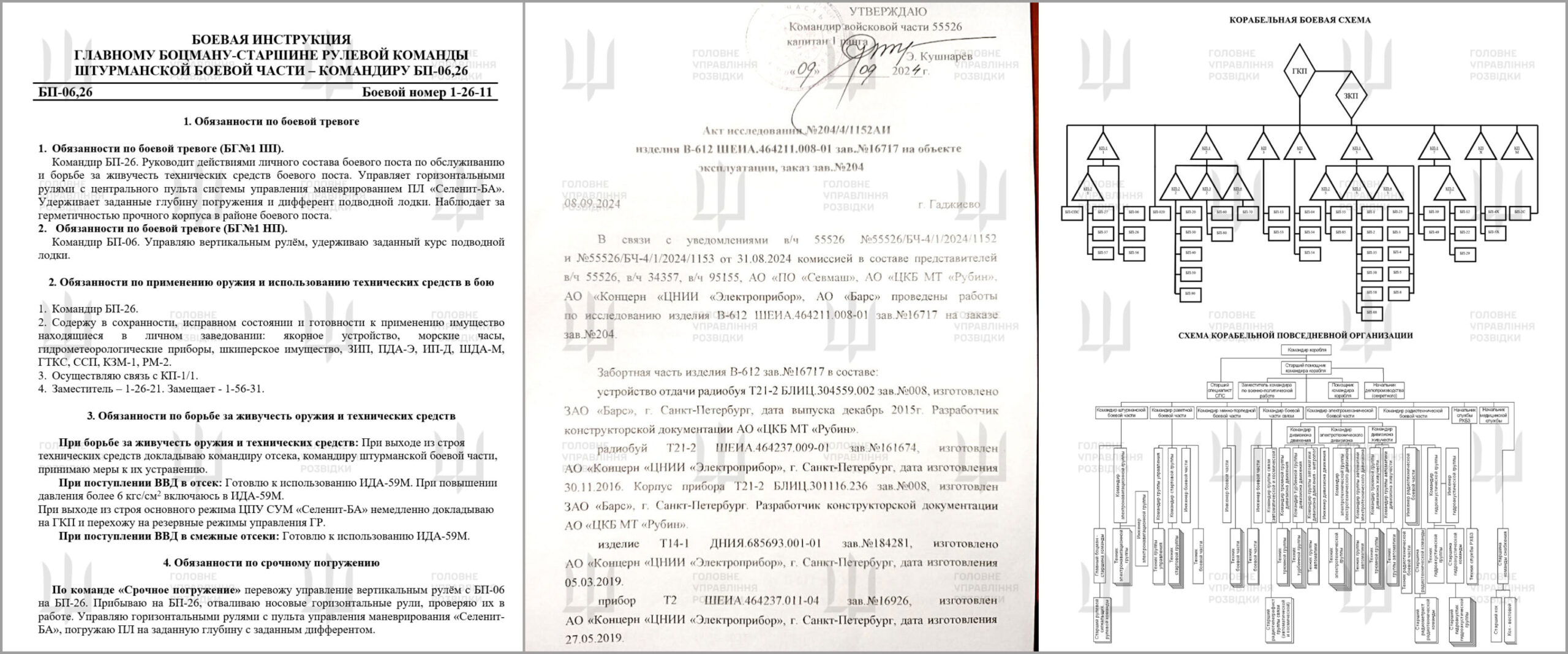
Center: Official inspection report of submarine components issued in Gadzhiyevo.
Right: Organizational structure and combat layout charts of the Knyaz Pozharsky crew.
Source: HUR
The documents include the names of every crew member, their roles, qualifications, and even their physical training levels. According to the intelligence agency, this trove also features combat instructions, orders posted in cabins and compartments, and a log regulating both daily routines and combat duties aboard the submarine.
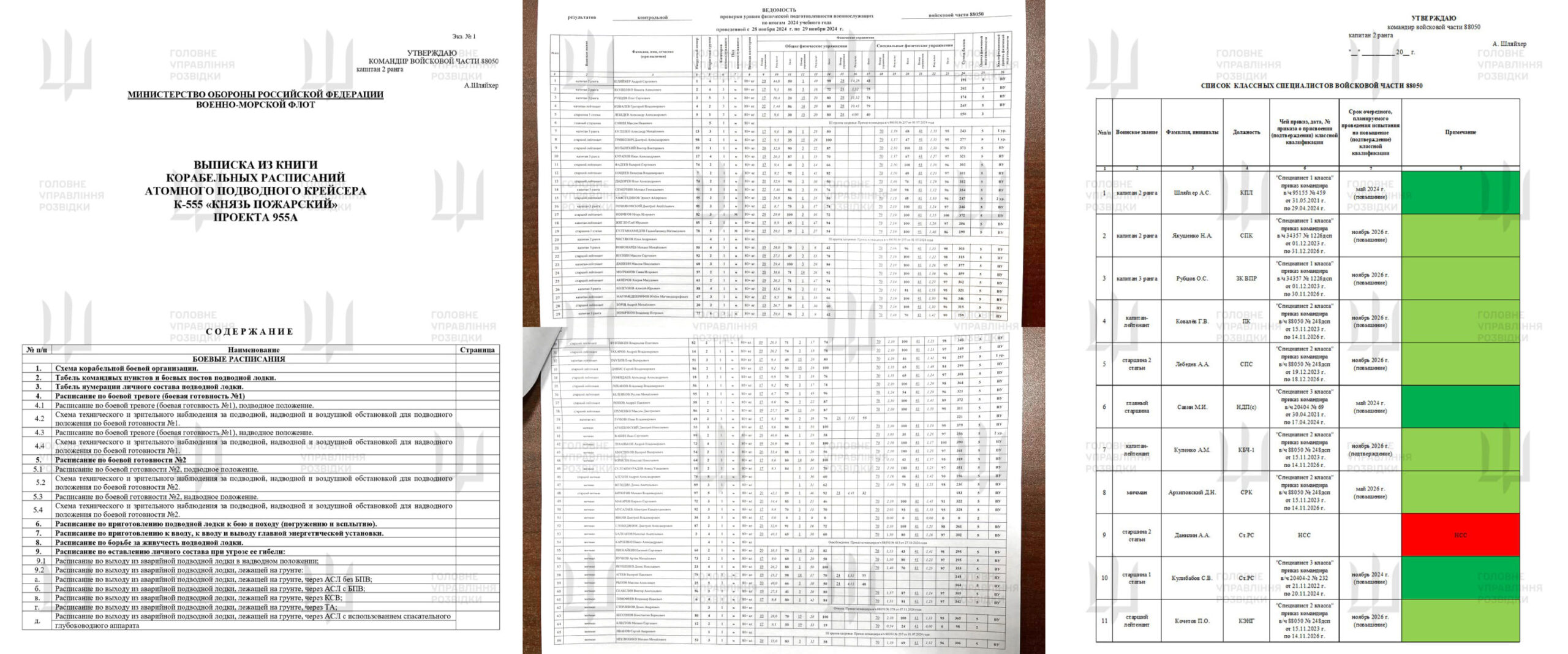
Center: Detailed tables of crew members and their performance indicators.
Right: Classified list of key specialists and their positions aboard the Knyaz Pozharsky.
Source: HUR
New data exposes vulnerabilities
Ukraine’s defense intelligence says the obtained information highlights specific weaknesses in the Knyaz Pozharsky and other submarines of the 955A Borei-A class. These vessels carry 16 launch tubes for R-30 Bulava-30 intercontinental ballistic missiles. Each missile can carry up to 10 warheads, making the class a core part of Russia’s nuclear forces.
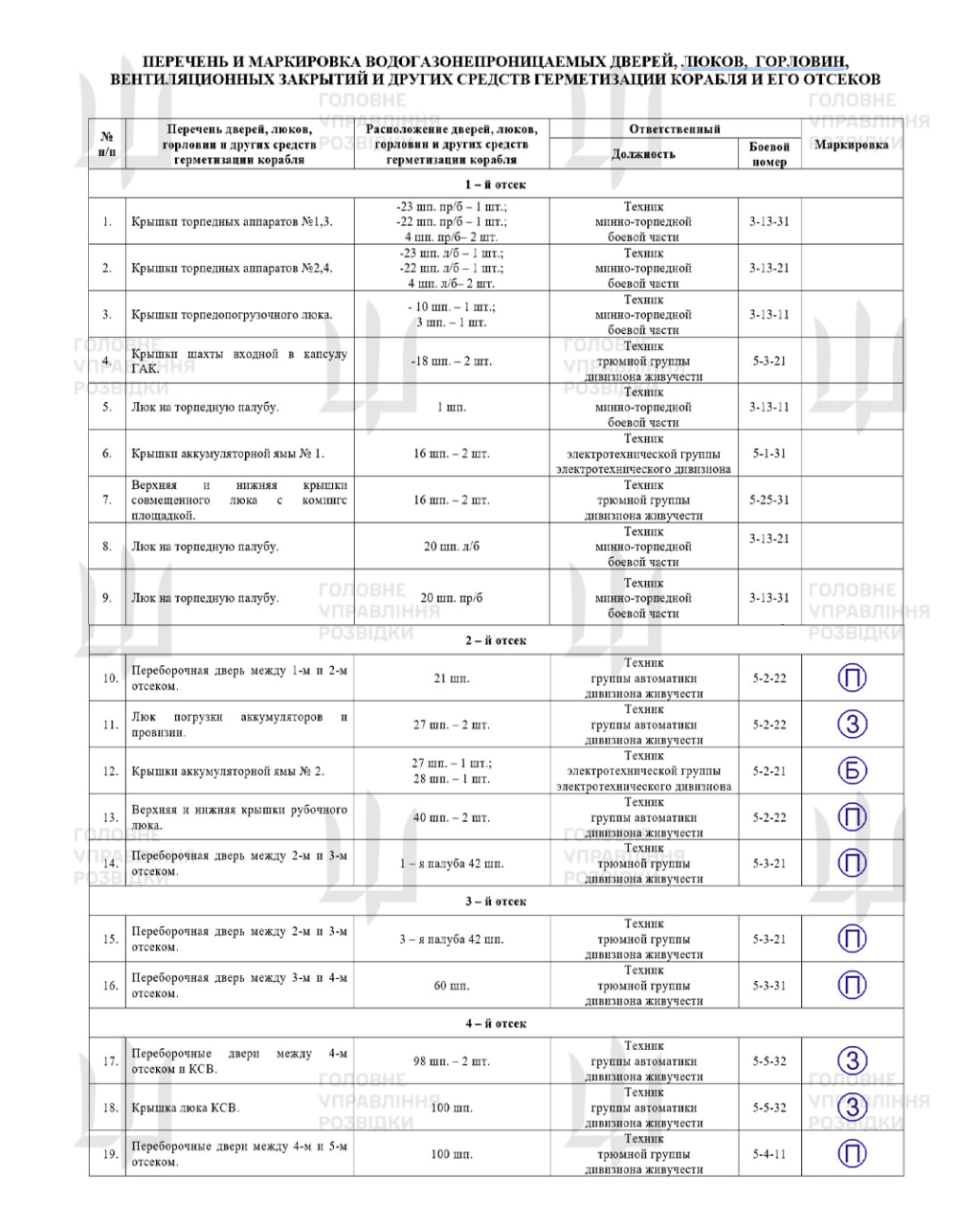
Source: HUR
The Knyaz Pozharsky is assigned to the 31st submarine division of the Russian Northern Fleet, with its permanent base in the city of Gadzhiyevo in Murmansk Oblast.
Knyaz Pozharsky
On 24 July, the Kremlin said that Vladimir Putin attended the flag-raising ceremony for the Knyaz Pozharsky in Severodvinsk at the Sevmash shipyard in Arkhangelsk Oblast. At the ceremony, the submarine officially joined combat duty. The Knyaz Pozharsky became the 142nd nuclear-powered submarine built at this shipyard. Kremlin statements also claimed that six more submarines of the same class are planned by 2030.

Thanks to your incredible support, we’ve raised 70% of our funding goal to launch a platform connecting Ukraine’s defense tech with the world – David vs. Goliath defense blog. It will support Ukrainian engineers who are creating innovative battlefield solutions and we are inviting you to join us on the journey.
Our platform will showcase the Ukrainian defense tech underdogs who are Ukraine’s hope to win in the war against Russia, giving them the much-needed visibility to connect them with crucial expertise, funding, and international support.
We’re one final push away from making this platform a reality.

